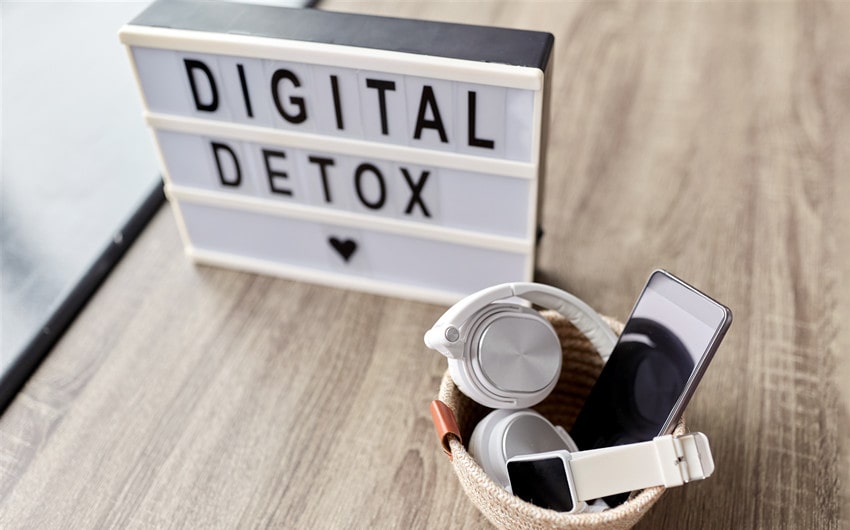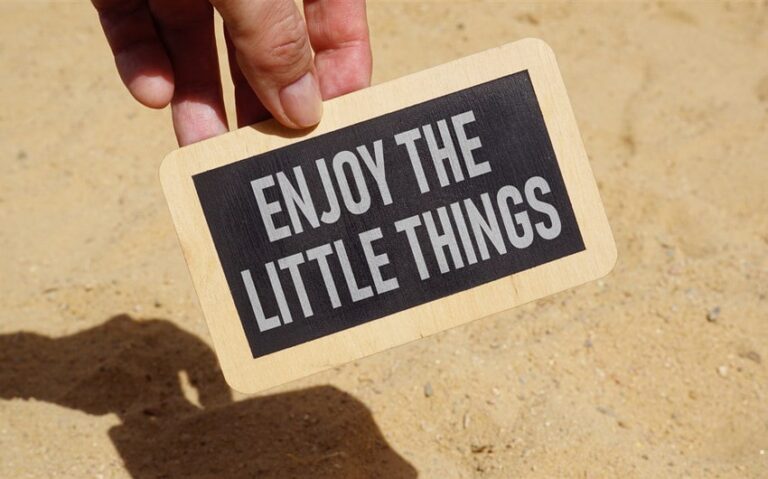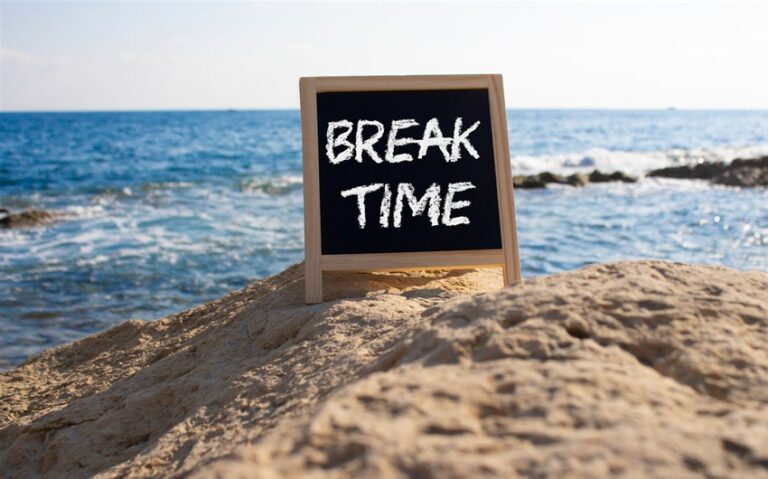The Digital Detox You Actually Enjoy
We live more of our lives through screens than we’d like to admit. The first thing we reach for in the morning glows, and the last thing we see at night hums softly beside us. Notifications shape our attention, and our attention shapes our days.
But behind the constant scrolling and clicking, something quieter is asking to be heard — a part of us that remembers what it feels like to be still, present, and human.
That’s where the idea of a digital detox comes in. Not as punishment, not as rejection of technology, but as an invitation to reconnect — with yourself, your surroundings, and the real moments that make life feel full again.
The Subtle Weight of Always Being Online
It’s easy to underestimate how much digital life affects our emotional rhythm. The endless updates, messages, and alerts create a low, constant hum of stimulation that we’ve grown used to carrying.
We call it multitasking, but it’s really micro-distracting. We move from one screen to another, one thought to the next, rarely completing one moment before starting the next.
This level of input leaves little room for reflection. The mind becomes crowded, and the heart quietly starts asking for space.
Digital burnout doesn’t always look like exhaustion. Sometimes it looks like emptiness — scrolling without feeling, reading without absorbing, connecting without presence.
Why We Fear Unplugging
The irony is that most of us know we need to disconnect, but something in us resists it.
We fear missing out, falling behind, being forgotten. The idea of stepping away from digital life feels like stepping outside of modern life.
But here’s the truth: the world won’t fall apart if you don’t check your phone for an hour. You won’t disappear if you’re not online for a weekend.
If anything, the world becomes sharper when you return — because you’ll be seeing it through rested eyes.
The Pause Between Notifications
The first thing you notice when you step away from your screens isn’t silence. It’s discomfort.
Your hands reach for your phone automatically. Your brain searches for the next hit of information. You realize how deeply connected you are to the constant hum of connection.
But if you stay in that pause, something begins to shift.
The noise fades, and the world reappears — the sound of wind, the texture of light, the rhythm of your own breathing.
That pause is where presence begins.
And that’s the real purpose of a digital detox: not to eliminate technology, but to reintroduce awareness.
Technology Isn’t the Enemy
Let’s be honest — we need technology. It connects us, informs us, empowers us, and even inspires us. The goal isn’t to reject it; it’s to use it consciously.
Technology becomes harmful when it uses you — when your attention becomes the product.
A healthy relationship with technology is like any other relationship. It thrives on boundaries, clarity, and intention.
The goal is not less technology, but more meaning in how you use it.
How to Detox Without Draining the Joy
A digital detox doesn’t have to feel extreme. You don’t have to delete every app, sell your phone, or move to a cabin in the woods.
You can begin gently — in small, sustainable steps that bring more awareness than restriction.
Here’s how to start:
1. Begin with micro-detoxes.
Start small. Try screen-free mornings for the first 30 minutes after waking, or device-free dinners. You’ll be surprised how spacious those minutes feel.
2. Redesign your environment.
Keep your phone out of reach during downtime. Place a book, a plant, or a journal where your phone usually sits — something that encourages reflection instead of distraction.
3. Turn notifications into invitations.
Disable unnecessary alerts. Keep only what truly matters. Silence can become your default.
4. Set digital “closing hours.”
Just like stores close for rest, your mind needs a cutoff time. Choose an evening hour to stop checking screens. Protect your mental twilight.
5. Replace, don’t remove.
Every habit needs a substitute. When you put your phone down, do something that fills you instead — stretch, write, cook, breathe, or simply sit and notice.
Detoxing isn’t about restriction. It’s about rediscovering joy in being offline.
Relearning How to Be Bored
Boredom used to be a natural part of life — waiting in line, sitting in silence, daydreaming on a walk.
Now, boredom feels like an emergency. The moment we sense stillness, we reach for stimulation.
But boredom is actually creativity’s quiet twin. It’s the fertile ground where ideas, clarity, and inspiration take root.
When you allow yourself to be bored, even for a few minutes, your mind begins to wander — and that wandering leads you back to imagination.
The world doesn’t need more constant content; it needs more quiet curiosity.
The Social Side of Silence
Social media connects us beautifully, but it can also blur the boundaries between connection and comparison.
When you step away, you begin to see the difference.
You remember that real connection doesn’t come from likes, but from listening. It’s not about updates, but about understanding.
Sometimes the most nourishing thing you can do for your relationships — online and off — is to be fully present when you’re with someone. To listen without distraction. To share without performing.
Presence is the rarest form of attention we can give each other.
The Detox That Feeds, Not Starves
A true digital detox doesn’t feel like deprivation — it feels like nourishment.
When you remove the constant noise, you make space for things that quietly refill you. You start noticing how much lighter you feel when you’re not carrying everyone else’s voices in your pocket.
You realize that rest isn’t about escape. It’s about returning — to what’s real, to what matters, to yourself.
When you put the phone down, you don’t lose connection. You expand it — to the physical, emotional, and sensory world you’ve been missing.
Designing a Conscious Digital Life
Once you’ve experienced the clarity of stepping back, the next step is to design a healthier way forward.
You don’t have to go all-in or all-out. Just be intentional.
Ask yourself:
-
Why am I opening this app?
-
How do I feel afterward?
-
Is this adding meaning or just filling space?
The answers guide your relationship with technology.
A digital detox isn’t an end — it’s a recalibration. It teaches you to use technology as a tool, not as a tether.
Reconnecting With What’s Real
After a few days of unplugging, you’ll start noticing small things again — the warmth of sunlight, the sound of birds, the taste of your meal without multitasking.
You’ll realize how much the digital world compresses time, and how the real world expands it.
The moments you used to rush through start to feel longer, fuller, calmer.
Because when you’re present, even small moments stretch wide enough to hold meaning.
Closing Thoughts
A digital detox isn’t about rejecting modern life. It’s about remembering that you have a life beyond the screen — one that doesn’t need Wi-Fi to be worthwhile.
Technology should serve your soul, not steal your attention.
When you put the phone down, you don’t lose connection. You regain it — with yourself, your senses, and the rhythm of the real world.
You don’t have to disappear to be present. You just have to pause long enough to notice that the world, even without a signal, is still beautifully alive.




